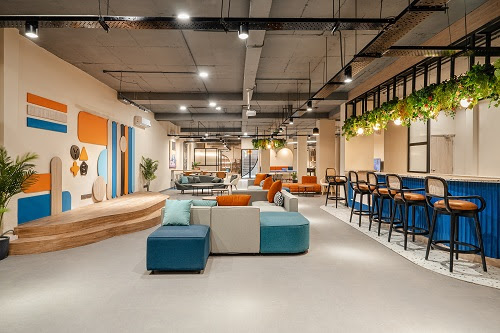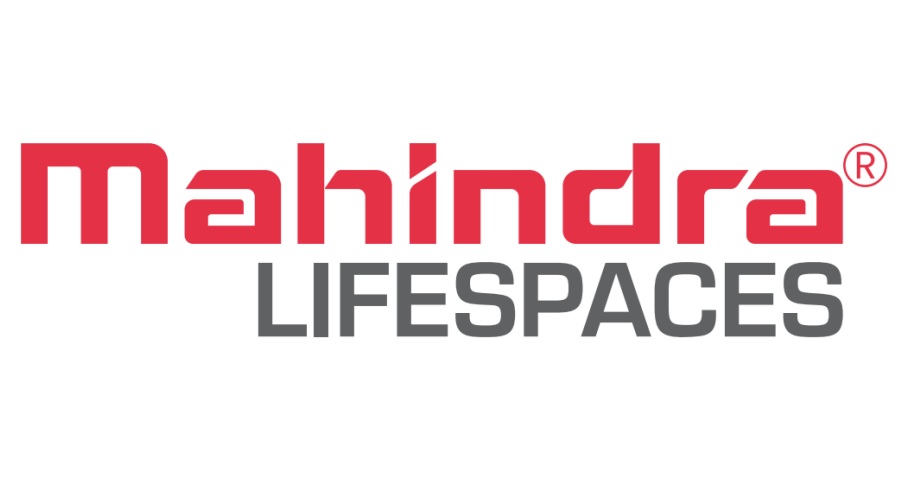E - PAPER
A Parallel analysis between Pre-Lockdown and Post-Lockdown Scenarios
Author - Raman Gupta, Director- Branding & Construction, GBP Group The world has never witnessed an emergency state of such diabolic scale. COVID-19 has disrupted the business networks, international markets and operations globally. Home confinement and work from home have bec
 BY
Realty Plus
BY
Realty Plus
Published - Monday, 06 Jul, 2020

Author - Raman Gupta, Director- Branding & Construction, GBP Group
The world has never witnessed an emergency state of such diabolic scale. COVID-19 has disrupted the business networks, international markets and operations globally. Home confinement and work from home have become the new normal, as the only shield that can protect a person from this contagion is his own home. This unprecedented environment has made people rethink and re-plan their financial behavior in various ways.
Housing, an industry dominated by people’s living and expenditure patterns, is all set to witness a wave of change as we prepare to unlock gradually for setting the country’s economic curve right. A detailed parallel analysis of changing homebuyers’ behavior and patterns in Pre-Covid and Post-Covid scenarios will help us understand this better.
PRE-LOCKDOWN
Now, if we look closely at the Pre-COVID scenario, property purchasing was a long drawn out process. Fence-sitters spent immense time in researching and then the paperwork and other regulations during purchase further elongated the process. Now with everything turning digital, the home-buying process has definitely gained momentum. Previously, when buyers were personally visiting construction sites they were limited by the time and distance. The virtual tours currently provide them the ease of scrolling through multiple properties in a single day right on their personal screens.
Apart from this, buyers were never stressing for amenities that focus on their hygiene and health needs; lately due to the virus this has been changed. An interest towards holistic wellness is rekindled. Similar pattern was translated in their financial behavior before Corona entered our lives; the expenditures were majorly made on lifestyle, food, and on other recreational activities. Only a few people thought about building a future asset like property for difficult times. People have never foresighted the advantages of investing in property, they generally kept it for their later years and preferred living in rental accommodations as cost-effective.
Health experts have said that we have to learn and unlearn things to get accustomed with Corona, this will result in increased interest of buyers’ towards wellness homes. Automation and wellness areas like yoga and meditation centres would make their way as a necessity in modern living. Facility Managers and housekeeping staff will play a detrimental role in ensuring safety and wellbeing of the residents.
DURING LOCKDOWN
In the entire phase of lockdown, the real estate industry was quick enough to carry out their business operations effectively on digital platforms. This gave them a chance to create a customer base online, opened new channels with better reach and impact. Digital Campaigns and lucrative payment offers were some of the strategies adopted by the established real estate players.
The digital adoption helped the developers in preventing muted sales, as construction activities were already halted. Selling of stalled inventories via digital platforms was definitely the boost needed for realty. It even helped the developers in understanding the changing buyer’s preferences. As homebuyers showed keen interest in ready to move in homes, integrated townships, flexible homes with workspace etc.
POST-LOCKDOWN
The virus’s timeline is unpredictable, and with the rising uncertainty in the market stable income generating assets like property are bound to witness increased consumer interest. Government has made things easier by reducing the repo rate and launching CLSS scheme for affordable housing, they will be helpful in attracting investments towards the realty market. Reverse migration in NRIs and working professionals from metros will lead to increase in demand for realty in Tier II and tier III cities. Talking especially about the northern region, Tricity and its peripheries including Dera Bassi, Zirakpur, Kharar, and New Chandigarh & PR-7 Airport Ring Road are emerging as one of the most attractive propositions for investment in the real estate market.
Also, India is on its path of becoming the manufacturing hub, it will create demand for office spaces, business parks and other commercial complexes in coming 4-5 years. The phase till COVID remains with us is definitely going to be difficult. However, India being a potential land of investment for all Asian, European and Middle Eastern firms shifting their bases from China is a boon to realty & infrastructure.
RELATED STORY VIEW MORE
NEWS LETTER
Subscribe for our news letter
E - PAPER
-

CURRENT MONTH 
LAST MONTH














